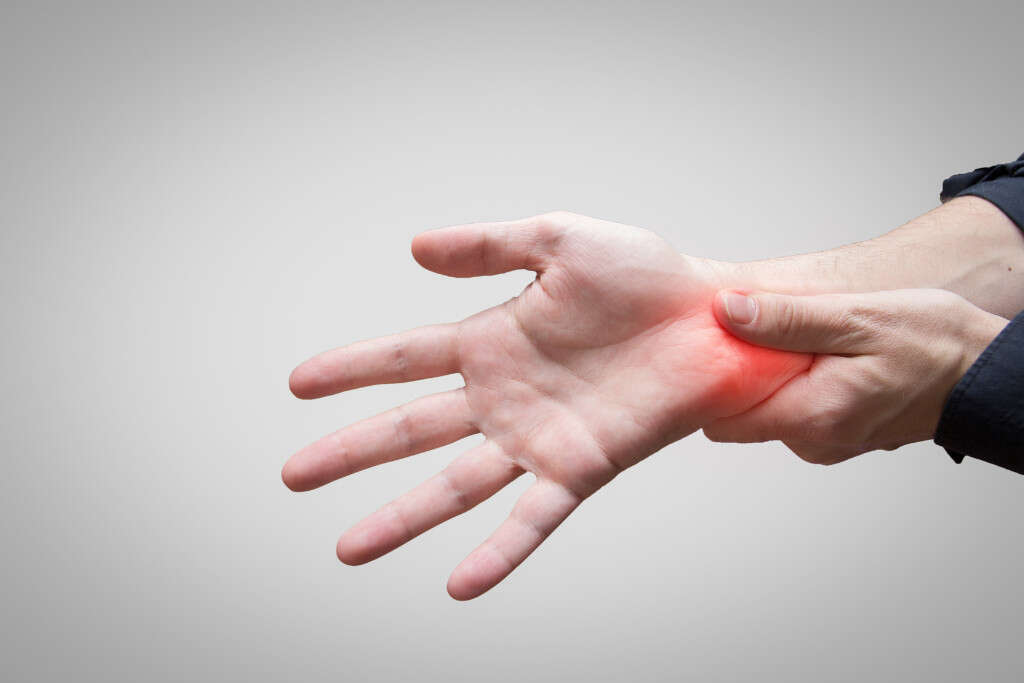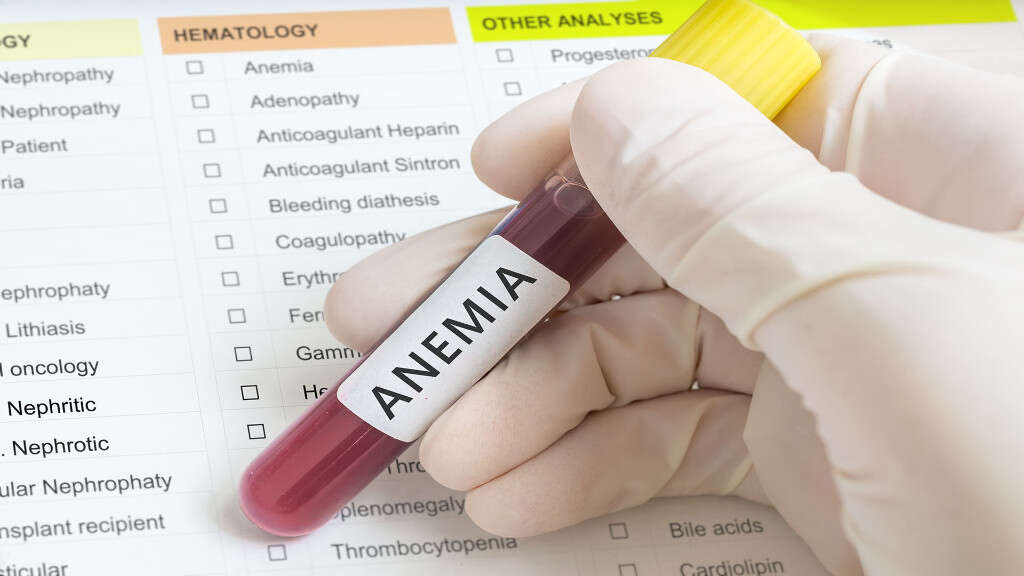10 Polymyalgia Rheumatica Symptoms
Polymyalgia rheumatica is a chronic inflammatory condition that affects primarily the elderly. About 15 percent of individuals affected with polymyalgia rheumatica also have giant cell arteritis (temporal arteritis). Although there are several similarities with some clinical manifestations and onset of age, the relationship between polymyalgia rheumatica and giant cell arteritis has not been clearly established. It is thought to be triggered by a viral or bacterial infection with genetics playing a role. Polymyalgia rheumatica is a clinical diagnosis that is based on the symptoms of the patient and exclusion of other diseases. Other helpful tests include C-reactive protein and erythrocyte sedimentation rate. The treatment of polymyalgia rheumatica may involve the use of corticosteroids, methotrexate, painkillers, and more.
This condition is more commonly seen among northern Europeans, those 50 years old or older and those with giant cell arteritis. In the United States, it is estimated that there are 52.5 cases per 100,000 individuals who are 50 years or older. The prevalence is about 0.5 to 0.7 percent. Globally, the frequency of the disease varies in each country. In Europe, the number of cases decreases from north to south where there are many cases in Scandinavia while the numbers are low in Mediterranean countries. It mostly affects whites compared to other ethnic groups. It is also more commonly seen among females and advanced age. The name polymyalgia rheumatica is of Greek origin which translates to “pain in many muscles”.

Symptom #1: Pain and Stiffness
Pain is defined as a distressing feeling that is caused by a damaging or intense stimulus. It is an unpleasant experience where there may be potential tissue damage. Joint stiffness can occur due to pain or loss of range of motion. In polymyalgia rheumatica, the pain and stiffness can range from moderate to severe. It usually affects the neck, upper arms, shoulders, thighs, and hips.
This can impact the quality of life for patients as it hinders daily activity especially after waking up in the morning. The pain can also be felt in the buttocks and groin area. In more than 50% of patients, there is difficulty getting up from bed, difficulty standing up from a chair or toilet, and difficulty completing daily routines.

Symptom #2: Joint Swelling and Carpal Tunnel Syndrome
In polymyalgia rheumatica, patients may present with joint swelling that is rarely associated with limb edema. In some patients, carpal tunnel syndrome can also occur. Carpal tunnel syndrome is a condition where the median nerve is compressed in the wrist leading to issues such as numbness, tingling, and numbness in the thumb, index, and middle finger.
It can cause weakness in the muscles of the hands. Besides corticosteroid injections and wearing a splint, surgery to relieve the compression has the most effective results.

Symptom #3: Fatigue
Fatigue refers to the gradual feeling of tiredness that can be alleviated through rest. Fatigue can be further categorized into physical or mental fatigue. Physical fatigue refers to the transient inability of the muscles to maintain peak physical performance. Mental fatigue is the temporary inability to achieve optimal cognitive performance.
Fatigue can manifest as somnolence or lethargy. It is a common and non-specific symptom that can be seen in various conditions such as overworking, stress, boredom, jet lag, depression, lack of sleep, nutritional deficiencies, hypoglycemia, anemia, autoimmune disease, cancer, and more.

Symptom #4: Loss of Appetite
Appetite is defined as the urge or desire to consume food. Loss of appetite is also known as anorexia. In infection, it occurs as part of the acute phase reaction.
However, appetite loss is a common symptom that can have various causes such as anxiety, cancer, chronic kidney disease, dementia, hypothyroidism, tuberculosis, side effect of medications, thalassemia, and more. It usually results in weight loss.

Symptom #5: Loss of Weight
Loss of weight occurs when there is a decrease of total body mass that may be due to loss of adipose tissue, lean mass, fluids, bone mineral deposits, or other connective tissue in the body. Unintentional weight loss usually occurs because of malnourishment or disease.
Weight loss without a reduction of calories or increased exercise is known as cachexia and can be a symptom of serious underlying condition. In polymyalgia rheumatica, patients often experience loss of appetite that can contribute to weight loss.

Symptom #6: Anemia
Anemia is a medical term that describes the low amount of red blood cells or hemoglobin in the body. Mild anemia can have little to no symptoms. If symptomatic, it can manifest as breathlessness, constant tiredness, weakness, and dizziness. There are three main mechanisms leading to anemia: blood loss, decreased production, or increased breakdown of red blood cells.
There are many causes of anemia such as trauma, iron deficiency, thalassemia, vitamin B12 deficiency, malaria, autoimmune diseases, and more. Treatment of anemia depends on the underlying cause and can involve providing dietary supplementation, erythropoiesis stimulating medications, and blood transfusions.

Symptom #7: Malaise
Malaise is the feeling of uneasiness, pain, or general discomfort. It is often described by patients as a feeling that “something is not right”. Malaise is often one of the earliest indications of disease or infection. However, it is a non-specific symptom that can be observed in slight to serious ailments such as hypoglycemia, low grade fever, cancer, heart attack, stroke, internal bleeding, and more.
It is thought to be due to pro-inflammatory cytokines and the activation of the immune response. In polymyalgia rheumatica, patients may present with an overall feeling of illness or with flu-like symptoms.

Symptom #8: Fever
Fever or pyrexia is the abnormally high levels of body temperature. It occurs due to the increase of the set point in body temperature triggering the contraction of muscles in an effort to produce heat to reach the higher set point. This causes the affected individual to feel cold causing the body to increase heat production and heat conservation.
A fever can be caused by various conditions such as any viral, bacterial, or parasitic infection. It can also be seen in non-infectious causes such as deep vein thrombosis, vasculitis, cancer, side effects of medications, and more. In polymyalgia rheumatica, the fever is usually low grade. High or spiking fevers should be investigated.

Symptom #9: Myalgia
Myalgia or muscle pain is most commonly caused by the overuse or overstretching of the muscles. Myalgia that occurs without previous traumatic history or increased activity can be caused by viral infections, nutritional deficiencies, metabolic myopathy, chronic fatigue syndrome, fibromyalgia, autoimmune disorders, and more.
The treatment of myalgia is usually symptomatic using painkillers such as paracetamol (acetaminophen) or non-steroidal anti-inflammatory drugs (NSAIDs), heat packs, rest, and muscle relaxants.

Symptom #10: Depression
Depression refers to a state of low mood that can affect the person’s behavior, thoughts, and sense of well-being. Depression is often seen in chronic diseases that decreases the patient’s quality of life. In polymyalgia rheumatica, which is a chronic condition, along with difficulty with daily activities and requirement for long-term treatment, increases the risk of depression among those who are affected.
It is important to monitor patients for symptoms of depression as untreated depression has a negative impact on the outcome. Patients with depression can appear to be sad or anxious. They also often feel guilty, helpless, hopeless, and worthless. There may be suicidal ideation.












